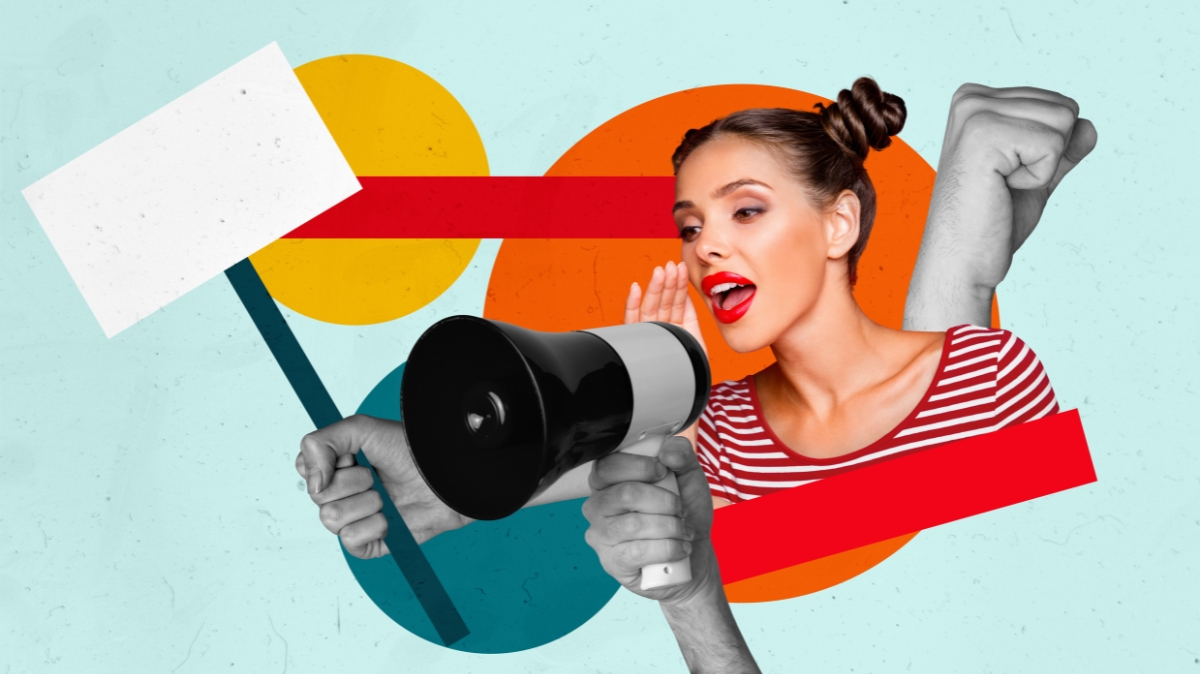Influence Marketing: Why Influencers Have Become Essential in Communication
Influence marketing has established itself as one of the key pillars of communication strategy. In just a few years, the shift from traditional, top-down advertising to conversations driven by recognizable creators has profoundly transformed the relationship between brands and their audiences. Value is no longer measured solely in impressions — it now stems from the credibility of a voice, the relevance of a story, and the authentic engagement of a community.
Today, influence is no longer an option or a one-off campaign; it’s a structured, measurable, and responsible lever, capable of impacting every stage of the customer journey — from storytelling to conversion.
Why Does Influence Matter So Much in Communication?
The success of influence marketing stems above all from a sociocultural shift: we now place greater trust in the recommendations of people we perceive as legitimate — creators, experts, or community leaders — than in impersonal advertising messages. On YouTube, Instagram, TikTok, or LinkedIn, these recognizable voices create a sense of closeness that makes it easier to explain, demonstrate, and showcase real-life uses.
Brands then benefit from a powerful social proof effect: the words of a creator you follow every week carry far more weight than a mass broadcast message that feels generic.
Influence covers the entire marketing funnel. It captures attention during a launch, nurtures consideration through tests and comparisons, facilitates conversion via affiliation and social commerce, and fosters loyalty through ambassador programs and co-creation initiatives.
This effectiveness also lies in the “native” nature of the content: when a message is designed for a platform and aligned with the creator’s tone, it gains both authenticity and performance.
Key Trends: From Micro-Influence to Co-Creation
The current trend favors audience quality over sheer volume. Micro and nano-influence often generate richer and more consistent interactions, allowing for more segmented campaigns and better-controlled investments. At the same time, B2B is embracing the power of influence: expert profiles — sometimes highly specialized — are building active communities on LinkedIn, anchoring influence in social selling and product education.
Co-creation is also gaining momentum. Capsule collections, drops, limited editions, or co-branded packaging embody a shared brand approach where the creator is no longer just a messenger but a creative partner. UGC content produced by creators for brand accounts is then integrated into advertising campaigns, extending organic reach through paid social. Finally, long-form formats — podcasts or in-depth YouTube videos — help establish authority, while live sessions encourage immediacy and drive conversion.
Discover the Specialized MBA in Communication & Media (EFAP)
This Specialized MBA program is designed for students who wish to build their careers at the heart of the media and branded content ecosystem — including traditional and digital media, agencies, advertisers, social platforms, and production studios.
Its goal: to master editorial strategy, audio/video/social production, press & influence relations, and audience measurement in an environment of constant transformation.
- Key skills: management of 360° communication strategies, brand content, short and long formats (vertical videos, podcasts, live), social media & community management, newsroom operations and editorial planning, press & e-PR relations, media partnerships, rights & content reuse, data & analytics (audience, engagement, attribution), crisis communication, and brand safety.
- Teaching approach: hands-on creative and production workshops (from brief → script → shooting/editing → distribution), real projects with media partners, expert masterclasses, press conference simulations, and performance dashboards.
- Career opportunities: communication officer, PR manager, social media manager, content strategist, brand content manager, editorial project manager, media partnerships manager, corporate communication manager, branded journalist.
👉 Intéressé ? Découvrez le MBA Spécialisé "Communication & Médias" de l'EFAP.
How to Run a Successful Influence Campaign?
The key lies in finding the right balance between strategic structure and creative freedom. A clear brief should outline the objectives, key messages, legal requirements, and expected deliverables. But true performance comes from giving creators the freedom to express themselves in their own way — using their own narrative codes, pace, and authenticity. Casting should prioritize editorial alignment, value consistency, and the quality of interactions seen in comments rather than focusing solely on audience size.
From an operational standpoint, it’s best to move away from a “one-shot” approach and adopt an “always-on” strategy. Long-term partnerships, ambassador relationships, content series, and recurring collaborations build memorability, strengthen community trust, and make performance tracking easier. Anticipating usage rights is also essential: defining reuse conditions (duration, territories, formats) allows brands to maximize content performance across social ads, e-commerce, CRM, or websites.

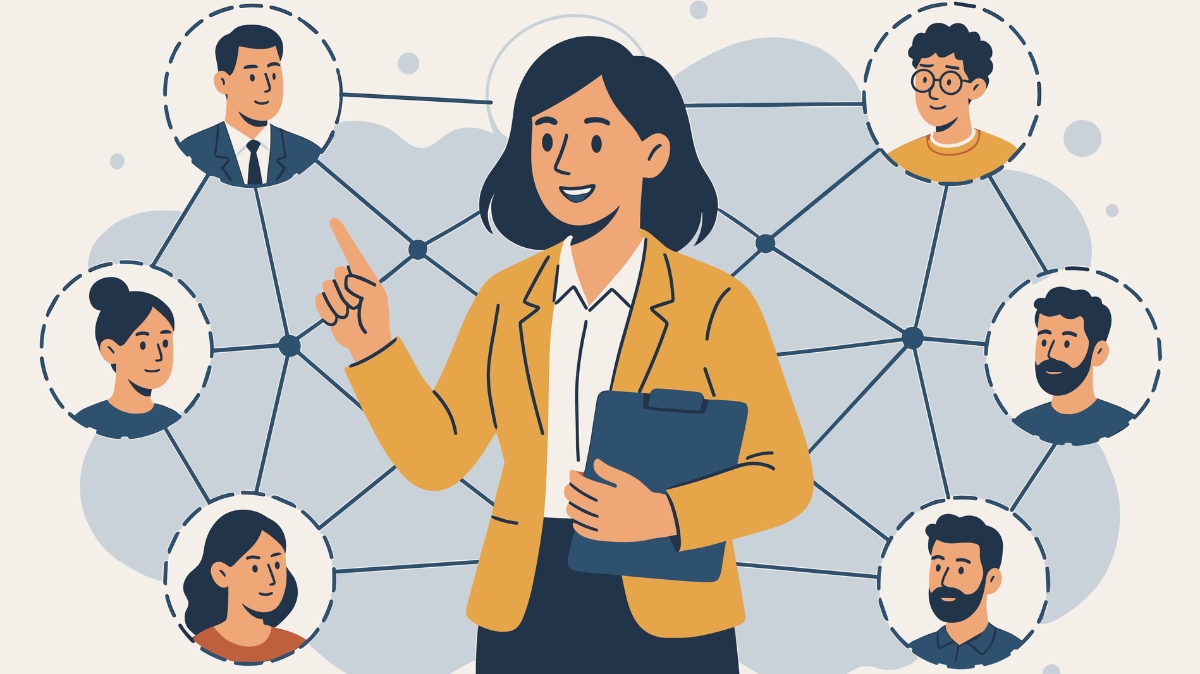
Measuring What Really Matters
Measurement now goes far beyond simple reach. Teams track real engagement (meaningful comments, shares, saves), quality of attention (watch time), consideration signals (brand searches, qualified traffic, time spent), as well as business indicators (clicks, add-to-cart actions, attributed sales, CPA/ROAS). Depending on the objectives, a brand lift study can complement the analysis to objectively assess impact on brand perception. What truly matters is cross-analyzing this data in a dashboard that links exposure, engagement, and tangible results — fueling a continuous learning cycle and optimizing future campaigns.
Use Cases Adapted to Each Sector
Consumer brands use influence to boost product launches through demonstrations, creative challenges, behind-the-scenes storytelling, or co-branded limited editions. Tech companies rely on expert creators to produce tutorials, comparisons, and high-value webinars, all of which help generate qualified leads. Cultural industries focus on immersive formats to bring festivals and new releases to life. Public organizations collaborate with trusted creators to simplify complex messages, reach specific audiences, and promote inclusion. Finally, the event and tourism sectors leverage vlogs, road trips, and on-site live sessions to build storytelling experiences that spark imagination and drive bookings.
EFAP, Partner of Tubecon France in Toulouse!
A must-attend event for content creators and their communities, the Tubecon Festival brings together digital talents every year for a series of activities, talks, and inspiring encounters. As a leading school in communication and marketing, EFAP is proud to be a partner of this event, which perfectly illustrates the new challenges of content creation, influence, and digital storytelling. Our students also had the chance to take part in this special day — and two of them even won exclusive tickets to the Morning Club Menguys, a unique experience at the heart of the creator community 🎤
.jpg)
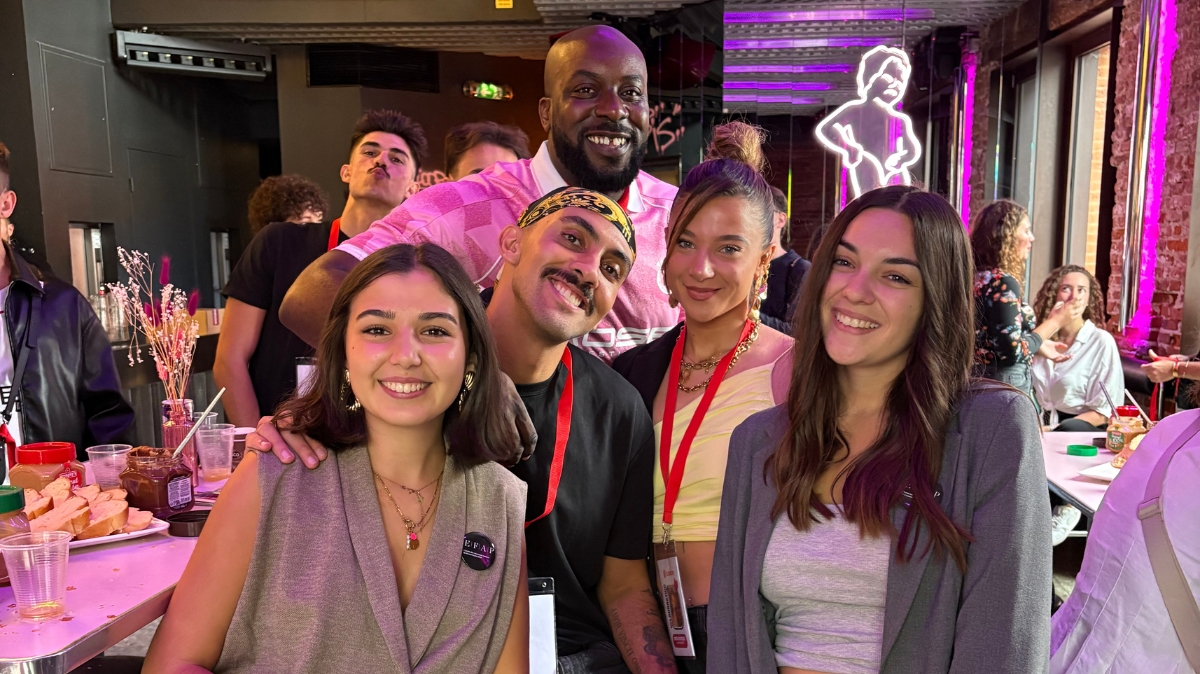
.jpg)
Ethics, Transparency & Responsibility
The maturity of the market now comes with strong expectations in terms of transparency and brand safety. Partnership disclosures, compliance with platform rules, content history checks, and internal ethical charters have become the new standards. These safeguards protect the relationship between the brand, the creator, and the community, ensuring collaborations that are both sustainable and respectful.
FAQ : Frequently Asked Questions About Influence
1. Is influence relevant in B2B?
Yes. Focus on expert creators (on LinkedIn or YouTube), demos, and webinars to address longer purchasing cycles.
2. Should you only work with “big” influencers?
No. Micro and nano-influencers often provide more credibility and engagement with controlled budgets.
3. What budget should be planned?
It depends on creator size, deliverables, content usage duration, and reuse rights. It’s better to think in terms of cost per objective (qualified reach, leads, sales) rather than price per post.
4. Can content be reused for advertising?
Yes — if the usage rights (duration, territories, formats, whitelisting) are clearly defined in the contract.
5. How can you avoid bad buzz?
With an ethical charter, content history checks, validation of sensitive messages, and transparent partnerships.
6. Which KPIs should be tracked?
Quality engagement (comments, shares, saves), watch time, qualified traffic, conversions, brand lift, and share of voice.
Our Strengths in Influence Training
At EFAP, learning influence is based on a results-oriented pedagogy: hands-on projects, professional guidance, and continuous real-world application.
Learning by doing : creative workshops covering the full process — from brief → casting → production → reporting — along with agency-style simulations.
Industry professionals: a diverse team of creators, social media strategists, legal experts, media buyers, and brand managers share their experience and insights.
Real projects: challenges with partner brands, professional UGC production, and paid social activations.
Professional experience: internships and work-study programs that help students build solid skills and a credible portfolio.
Ecosystem & network: access to alumni, industry events (including Tubecon), networking opportunities, and mentorship programs.
Tools & measurement: training in social listening, UTM tracking, KPI dashboards, and best practices in brand safety and compliance.
Ready to Apply?
Want to make influence a real career accelerator? Take the next step:
Discover our programs: explore course details, projects, career paths, and admission requirements.
Talk with our admissions team: make sure your application and professional goals are the right fit.
Apply now: submit your online application, attend a motivation interview, and receive a quick response.
Tip : highlight your achievements — content, dashboards, volunteer campaigns, or side projects — they showcase your motivation and enhance your profile.
Devenez des experts de la communication d'influence grâce à l'EFAP
See other news

Celebrity Agent: A Profession Spotlighted by Clarisse Castan on Netflix
read more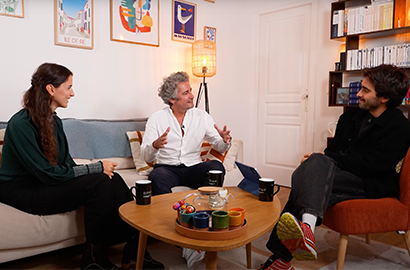 Play
Play
EFAP Launches Its Podcast: Giving a Voice to the Future of Communication
EFAP has launched its brand-new podcast, hosted by Steve Dias Pedro, a student in the MBA Digital Marketing & Business program. This new format aims to bridge generations, explore inspiring career paths, and spark conversations about today’s major communication challenges.
watch the video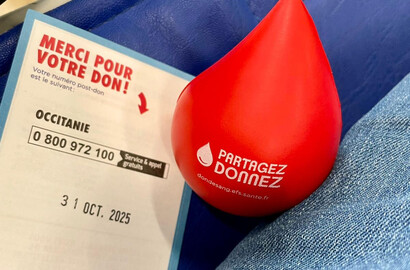
Charity and Event Management: Why Social Impact Is Now a Must-Have in Communication
In a landscape where events and communications are expected to prove their usefulness, charitable initiatives have emerged as a powerful driver of engagement. Flagship moments like the Téléthon, Octobre Rose, and ZEvent show that a solidarity-based strategy can simultaneously mobilize communities, generate visibility, and deliver measurable impact (donations, volunteering, awareness). Beyond the “PR stunt,” these initiatives demand coherence, transparency, and environmental responsibility—skills that sit at the heart of EFAP’s programs.
read more